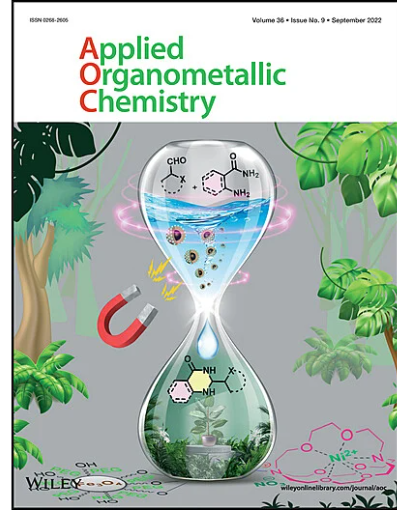Synthesis and Structural Characterization of Four Bidentate Ortho-Hydroxy Schiff Bases and Their Copper (II) Complexes: Evaluation of Biological Activities, Antioxidant Power, and Molecular Docking Studies
Abstract
Four ortho-hydroxy aromatic bidentate Schiff bases were synthesized along with the corresponding copper (II) complexes and characterized by various analytical methods. The spatial configurations of the metal complexes were suggested in light of the analytical results obtained. Antibacterial evaluations revealed that the ligands were more active than their Cu(II) complexes. The study of antifungal activity showed that the fungus Candida albicans was more inhibited by the ligands (HL3 and HL4) and their Cu(II) complexes (IZ = 25 mm). According to the evaluation of antioxidant potency by the DPPH method, only ligand HL4 demonstrated a comparatively low ability to scavenge free radicals compared to the ascorbic acid reference. Using the AutoDock 4.2 program, molecular docking investigations were conducted with the aim of predicting the structure–activity relationship for antibacterial qualities. Using the active sites of receptor proteins, the synthesized ligands were evaluated by molecular docking assays. A good correlation was found between the results of experimental antibacterial activity and the molecular docking data.


 求助内容:
求助内容: 应助结果提醒方式:
应助结果提醒方式:


